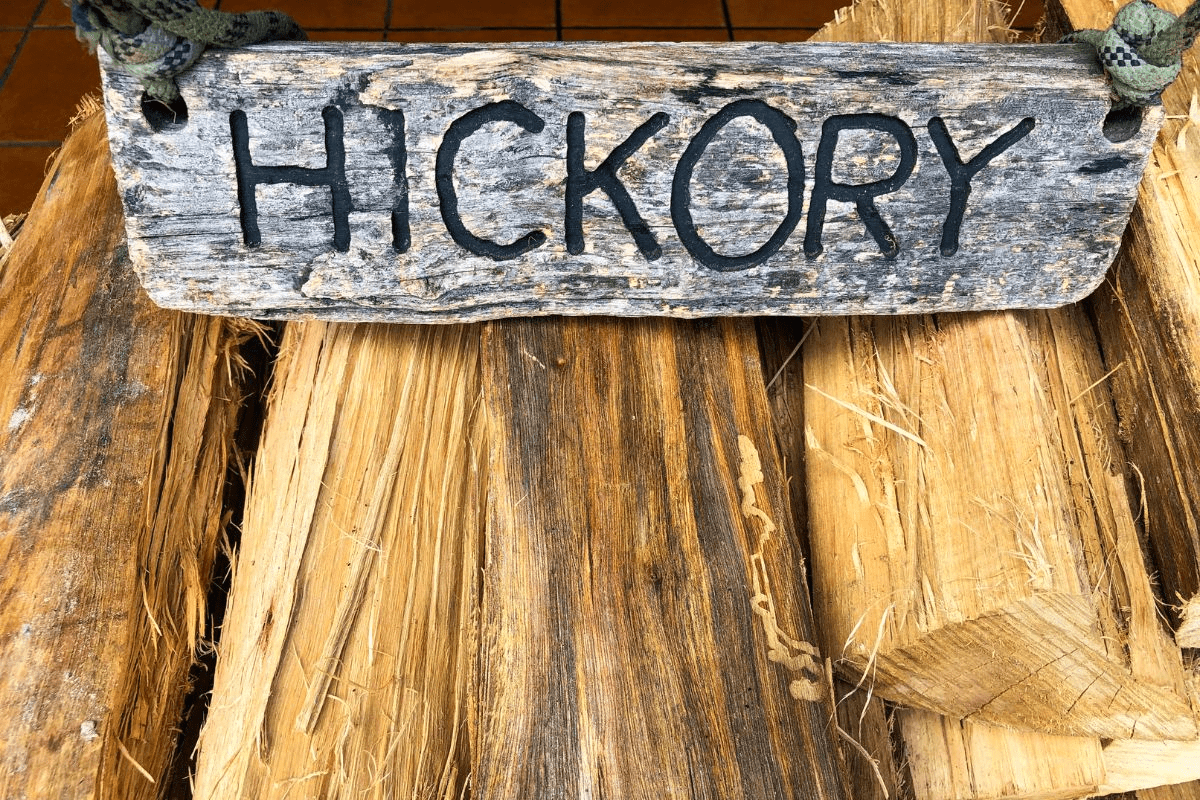You may be unsure of the benefits of hickory firewood. There are several reasons to use this wood from Cutting Edge Firewood. It produces a long-lasting fire and produces less creosote than other woods. Hickory is also very hard to split. In this article, we will go over the advantages of hickory and give you some tips on how to start and maintain a fire with it.

Hickory firewood is hardwood.
Hickory Firewood is among the best wood types for your wood stove or fireplace. It burns cleanly and produces pleasant smoke. As a hardwood, hickory is great for both indoor and outdoor wood burning. If you live in a colder climate, hickory firewood is a great option to consider. It has a high energy content and a long burn time and can be seasoned before use.
Hickory trees naturally grow in the bottomlands and along rivers. They like moist soil and are commonly used as shade trees in parks and other public spaces. Hickory wood is heavy, dense, and straight-grained. Hickory wood is a good choice for firewood because of its flavor and smell. If you plan on using it for cooking, allow it to season for at least one year before burning. It will reduce the risk of creosote buildup.
It produces a long-lasting fire.
Burning hickory wood is an excellent way to produce a long-lasting fire. This type of wood burns cleanly without emitting any harmful emissions. In addition, hickory produces the characteristic crackling sound of firewood. That is why hickory is one of the most popular types of firewood.
Despite its name, hickory is the best wood to use for a long-lasting fire. Its long burn time makes it ideal for cooking and infusing smoky flavor into meat and vegetables. Unlike other types of firewood, hickory burns cleanly and efficiently in any environment, making it ideal for indoor and outdoor cooking. Hickory also burns efficiently, so it’s a great choice for homes located in colder regions.
The best time to split hickory wood is during the late fall or winter months when the water content in the tree is low. Splitting the wood makes it easy to dry. Avoid tarping the wood, as this restricts airflow and traps moisture. Lastly, split the wood into small pieces to speed up the seasoning process. Aside from being easier to work with, hickory wood is known for its strong aroma.
It produces less creosote than other woods.
Hickory is the way to go if you’re looking for firewood that produces less creosote than others. Hickory firewood produces a very low amount of smoke. Smoke quantity is one of the most important factors in choosing firewood. Woods like pine and softwoods produce high levels of smoke. Smoke is usually a sign of poorly seasoned wood. Not only does this reduce the heat output of the firewood, but it can also ruin your clothes.
In addition to having a low smoke rating, hickory produces fewer sparks than other woods. However, seasoned woods produce less smoke than other types of wood. While seasoned wood burns faster, under seasoned wood can hold up to two times as much moisture as unseasoned wood. Wet wood is harder to light and tends to spark. When burning wood, ensure its moisture content is below 20%. Higher moisture content will produce more smoke and less heat. Smoke will also contribute to the buildup of creosote in chimneys.
It is hard to split.
If you’ve ever tried splitting firewood, you know that hickory is a tough wood with lots of stringy fibers. While splitting other types of woods is a breeze, hickory is extremely difficult. Some types of hickory are even harder to split because they have more string than others. Luckily, splitting hickory can be much easier with the right equipment.
If you’re new to splitting firewood, it’s important to remember that hickory is incredibly difficult to do by hand. This wood is also dense and heavy, and you may not have the right tools for the job. If you plan to split hickory for cooking, purchasing it pre-split and seasoning it beforehand is a good idea. Hickory firewood burns clean and long, so it’s an excellent choice for cold-weather environments.
Unlike other types of wood, hickory requires a seasoning period. Therefore, the best time to split hickory wood is late fall or winter when the tree’s water content is lowest. Once the wood is split, it will dry more quickly and break apart easier. To reduce water content, tarp the wood before seasoning. However, if the weather is not good, you may want to consider elevating the wood and using a tarp.



